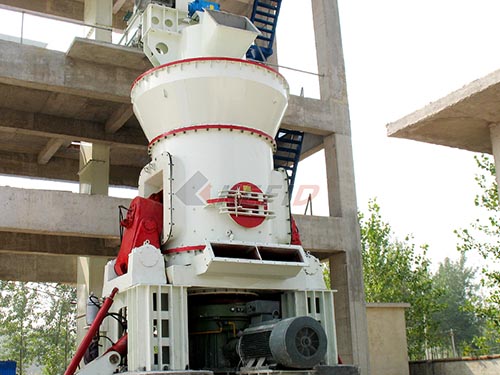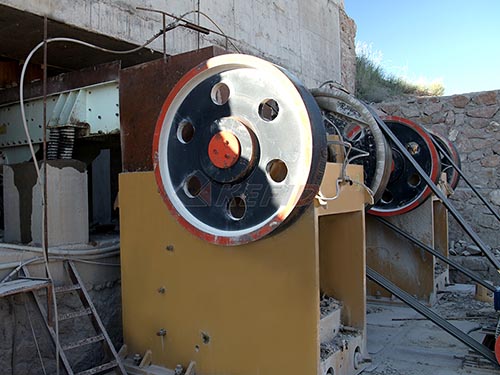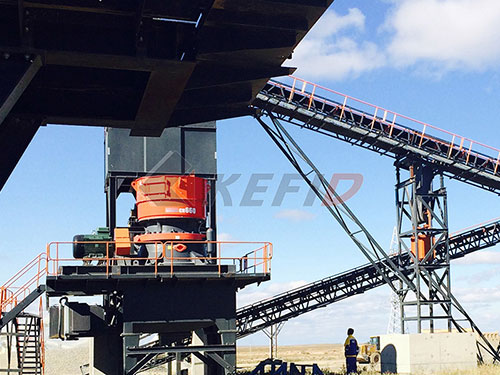Demystifying Glass Crusher Recycling Prices: Factors & Value Considerations
Investing in a glass crusher is a significant step towards efficient recycling operations, reducing waste volume, lowering disposal costs, and contributing to sustainability goals. However, the question “How much does a glass crusher cost?” doesn’t have a single, simple answer. The price range is broad and depends heavily on several key factors. Understanding these variables is crucial for making an informed investment decision that aligns with your specific needs and budget.
Factors Influencing Glass Crusher Pricing:

1. Capacity & Throughput:
Small-Scale (e.g., Bars, Restaurants): Compact units designed for bottles or small batches typically range from $1,000 to $6,000 USD. These are often countertop or under-counter models.
Mid-Range (e.g., Hotels, Small Recycling Centers): Units handling hundreds of pounds per hour can cost between $6,000 and $20,000 USD. These offer more robust construction and higher output.
Industrial/High-Volume (e.g., MRFs, Large Bottling Plants): Heavy-duty crushers capable of processing tons of glass per hour represent the highest investment tier. Prices generally start around $20,000 USD and can easily exceed $100,000 USD, depending on size, automation level (conveyor integration), and customization.
2. Type & Technology:
Impact Crushers (Hammer Mills): Common for general glass recycling (cullet production). Prices vary significantly based on size and power.
Jaw Crushers: Less common for pure glass but sometimes used in specific applications; pricing similar to impact crushers in comparable sizes.
Specialized Crushers: Units designed for specific outputs like fine sand or ultra-clean cullet command premium prices due to specialized engineering.
3. Construction & Durability:
Material Quality: Crushers built with hardened steel components (like AR400 liners and hammers) withstand abrasion far better than mild steel but increase the initial cost significantly.
Build Quality: Robust frames, heavy-duty bearings, and quality welding contribute to longevity but also higher manufacturing costs.
4. Features & Automation:
Basic manual feed models are the most affordable.
Adding features like:

Integrated feed conveyors
Dis

Leave a Reply